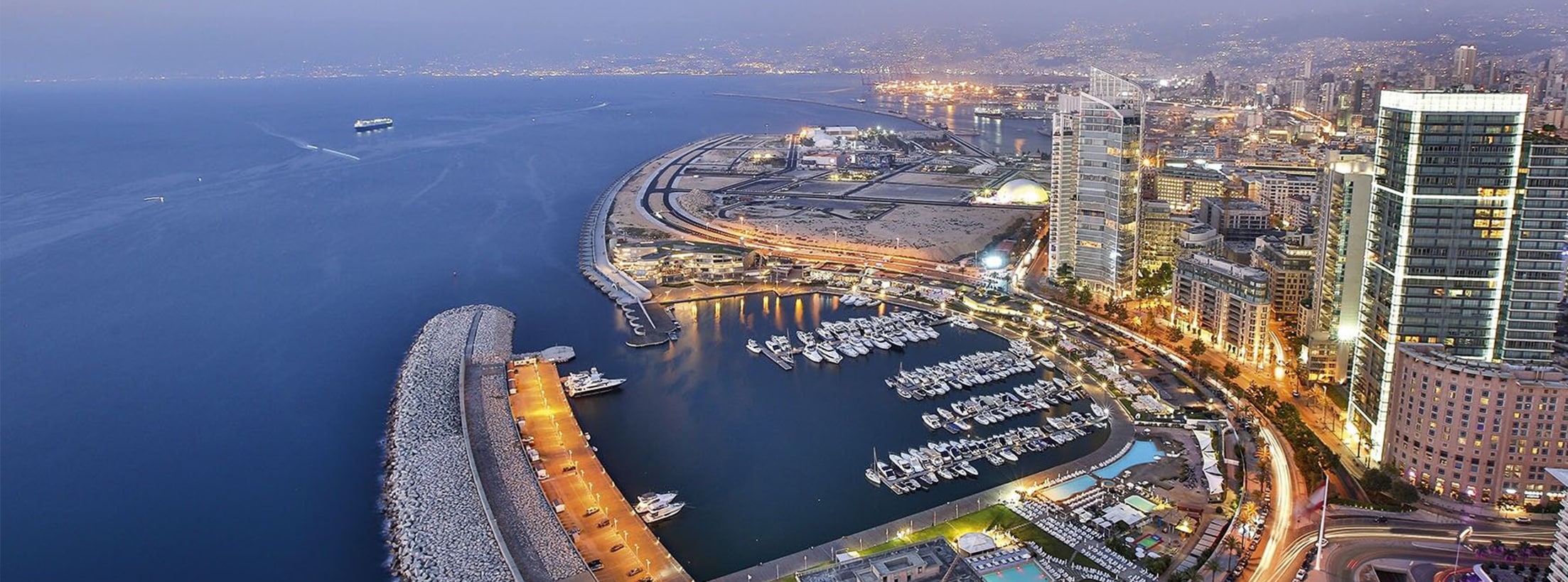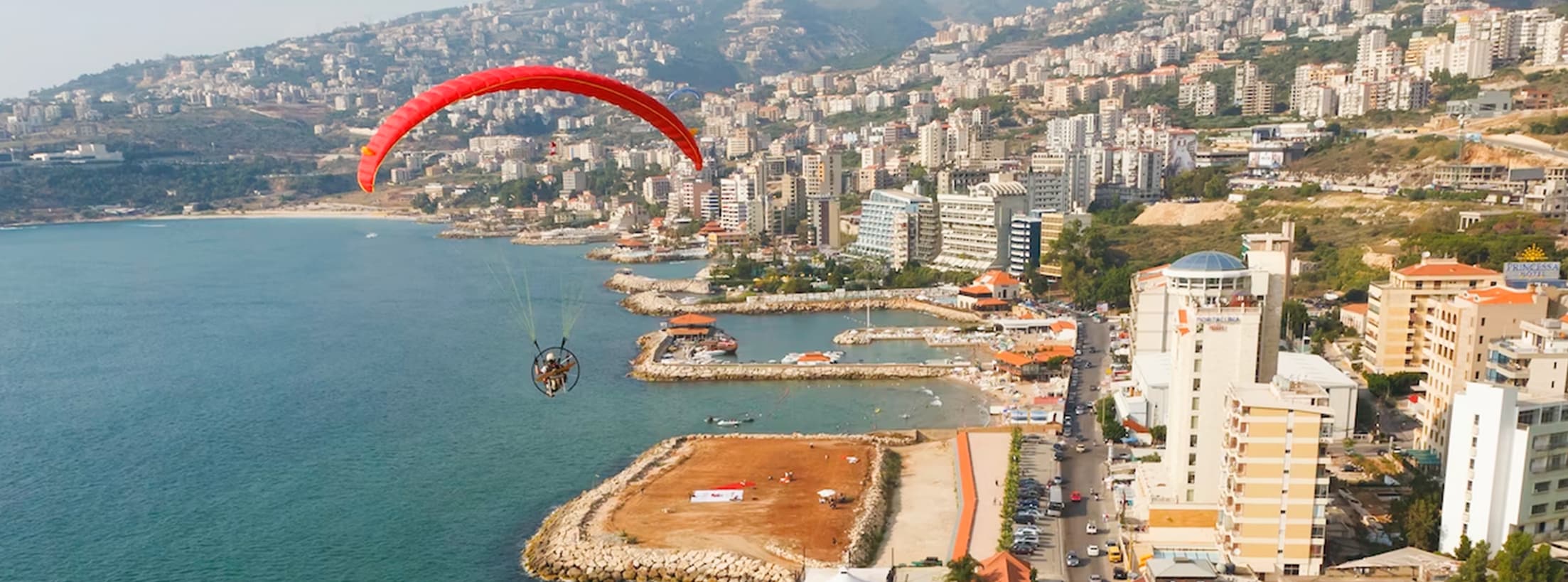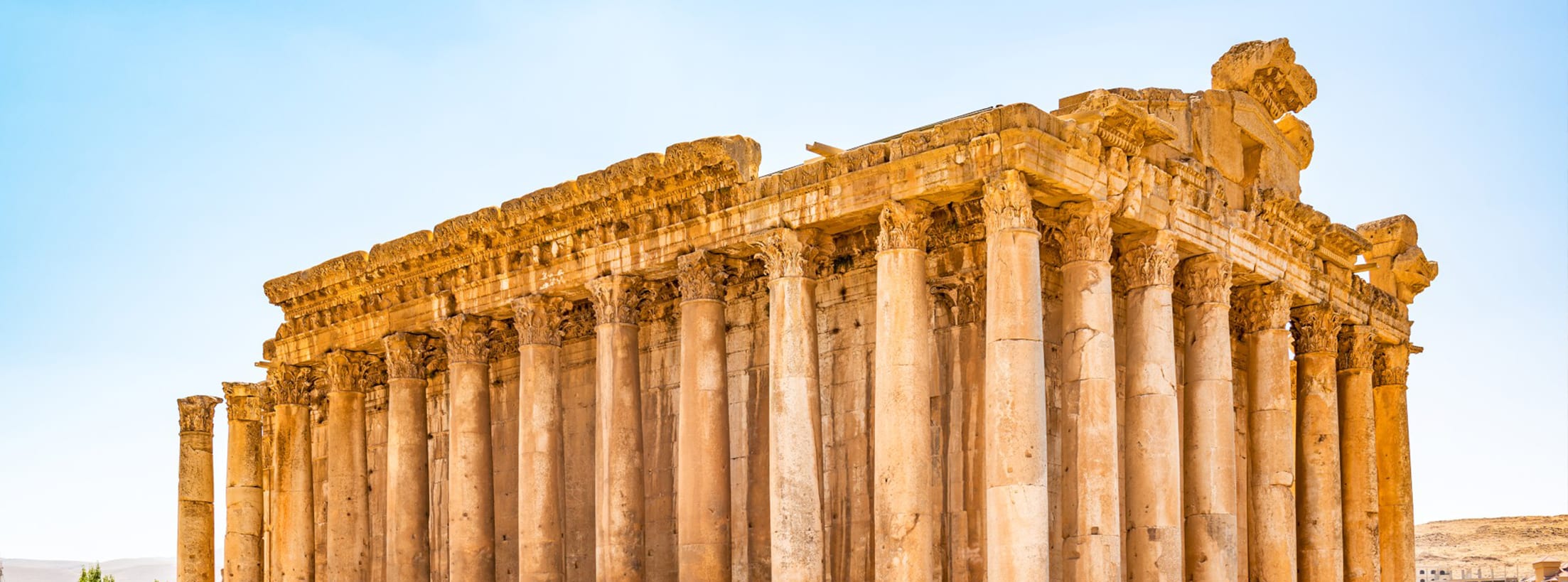Lebanon Jounieh, Beirut, Baalbak, etc : Brief Wiki Q&A
This week’s blog will contain a brief Wiki Q&A about Lebanon Jounieh, Beirut, Baalbak, and other cities.
Q1: Where is Lebanon?
A: Lebanon is a small country in Western Asia that shares borders with Syria to its East as well as Palestine and Israel to its West. Lebanon’s coast rests on the Mediterranean Sea which provides her economy and population with commerce, trade, and tourism. Lebanon has a small area of 4,036 square miles (10,452 sq km) making it about half the size of Connecticut. Evidence of an early settlement in Lebanon was found in Byblos, which is considered to be one of the oldest continuously inhabited cities in the world and dates back to earlier than 5000 BC.
Q2: Who are the people in Lebanon?
A: The people that live in Lebanon’s population are primarily from three different backgrounds: The Phoenicians who were once native to the area as well as Greek and some Romans who had conquered the land after. The Phoenicians were an ancient people that traded all over the Mediterranean with their ships, building colonies in Lebanon as well as Spain and Portugal.
The earliest recorded indigenous civilization in the region was the Canaanite, an influence on Phoenician and Aramaean cultures who built a trading empire under the leadership of King Solomon around 950 BC. The people of Lebanon were originally pagans, but having adopted Judaism, they later adopted Christianity along with Islam. Also, during this era, Lebanon Jounieh was called the “Cradle of Christianity”.
Q3: What is Lebanon’s religion?
A: The main religions practiced in Lebanon are Muslims (Sunni) making up about 56% of the population, Christians (as well as other religions) making up about 39% of the people, and Druze making up 5%. Lebanon has always had a rich religious background but with time has come to allow other religions to exist under its jurisdiction.
Q4: What is the capital of Lebanon?
A: The capital city of Lebanon is Beirut, which is located in the South of Lebanon. Beirut is one of the oldest cities in the world and has seen many different dynasties come to an go, including the Phoenicians, Romans, Ottomans, and more modern-day influence by France.
Q5: What are some important rivers in Lebanon?
A: Lebanon does not have any major rivers, but some of the more important bodies of water are the Litani River, which provides drinking water for many towns in Lebanon and also is used to irrigate the land. The Mediterranean Sea is very important as well since it provides Lebanon with trade, commerce, and tourism money.
Q6: What is the flag of Lebanon?
A: Lebanon’s flag is a horizontal tricolor of red, white, and green with a cedar tree in the center of the white band. There is also a golden star on the right side. The toponym “Lebanon” derives from the Semitic root “lbn”, meaning “white”, likely a reference to the snow-capped Mount Lebanon.
Q7: What are some famous people/famous landmarks from Lebanon?
A: Some famous landmarks in Lebanon would be Baalbek, which refers to one of the oldest temples in the world. Baalbek has 9 major Ancient Roman Temples, including one to Jupiter and Venus. Another would be Jounieh which is a city on Lebanon’s coast where many fun water parks attract people from all over Lebanon. Some famous people include Bachir Gemayel who was an important figure in the Lebanese Civil War and also the President of Lebanon for a short time and Charles Debbas who was one of the first mayors in Lebanon.
There is much more to learn about Lebanon and we hope this article helped contribute some insight! If you want to know more or read up on their history [and perhaps get some pearls from it], please visit their Wiki page: Lebanon Jounieh, Beirut, Baalbak, etc. You can also share your love for Lebanon by browsing our flower delivery Lebanon collection!




